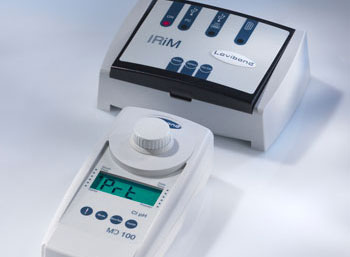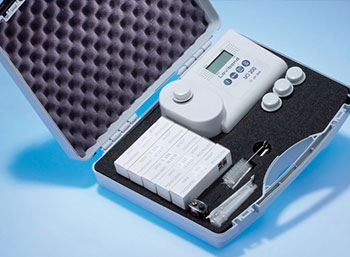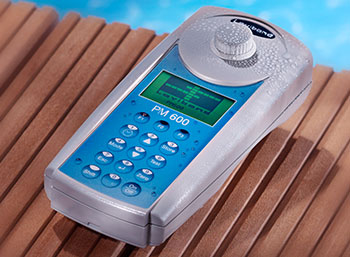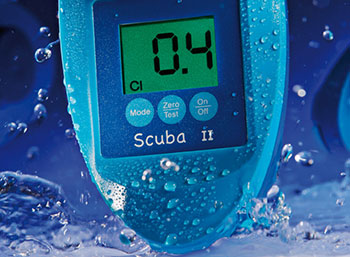5 Easy Ways to Test Your Drinking Water Quality
Ensuring the safety and cleanliness of your drinking water or swimming pool water is essential for your health. Whether you’re concerned about potential contaminants or simply want to be certain of your water quality, testing your drinking water is a smart move. In this article, we’ll discuss five easy ways to test the quality of your drinking water and help you make informed decisions about the water you consume.
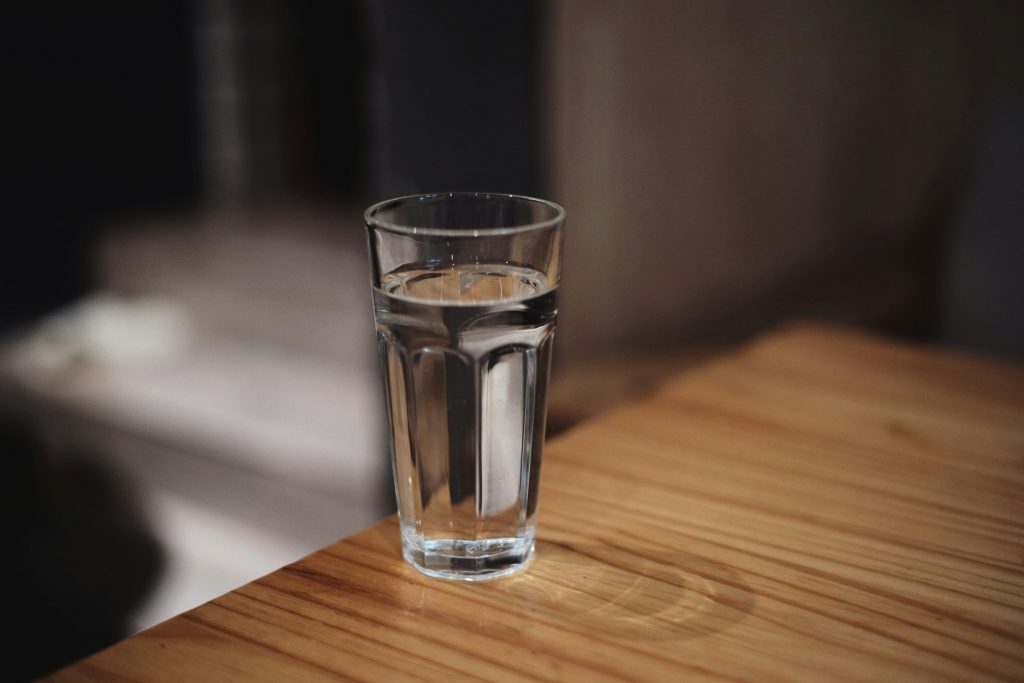
1. Use a Water Testing Kit
A water testing kit is one of the easiest and most cost-effective ways to check the quality of your drinking water. These kits are widely available and allow you to test for a variety of common contaminants, such as chlorine, lead, nitrates, pH levels, and water hardness.
A standard water testing kit typically comes with rapid test strips or chemical drops. To use it, you simply collect a water sample, dip the test strip in the water, and compare the results with the provided colour chart. It’s a simple and quick way to get an overview of your water quality.
These kits often test for basic issues like chlorine levels and pH balance, but for a more detailed analysis, you might want to consider other options. Still, water testing kits are a good starting point to assess the general condition of your drinking water.
2. Perform a Visual Inspection
Before you dive into more complex testing methods, start with a simple visual inspection. Take a close look at your drinking water’s appearance, its clarity, colour, and the presence of any particles.
Clear water is typically a good sign, while murky or cloudy water may indicate the presence of contaminants like sediment, microorganisms, or other pollutants. If you notice unusual colours, brown, yellow, or green, it might suggest rust, algae, or other substances that could affect your water quality.
While this visual check won’t detect all types of contaminants, it’s an easy and quick way to spot any immediate issues with your water.
3. Use a Water Analysis Kit for Comprehensive Testing
For a more detailed and accurate look at your drinking water, a water analysis kit offers an in-depth evaluation. These kits go beyond the basics of pH and chlorine to provide a comprehensive analysis of your water quality. Many water analysis kits test for a broad range of contaminants, including heavy metals, pesticides, bacteria, and harmful chemicals.
Key Insights on Water Analysis Kits:
- Broad Range of Tests: Unlike simpler water testing kits, a water analysis kit typically tests for a wide variety of contaminants, such as:
- Heavy metals like lead, copper, and arsenic
- Bacteria, including E. coli and coliforms
- Pesticides and herbicides
- Volatile organic compounds (VOCs)
- Fluoride, chlorine, and other chemicals
- Hardness and mineral content
- pH balance
- Lab Testing Option: Some water analysis kits require you to send your sample to a laboratory for professional testing, offering highly accurate results. This method is typically recommended for more precise measurements or concerns over specific contaminants.
- Results Interpretation: Many kits come with detailed instructions on how to interpret the results. If you’re uncertain about the findings, you can reach out to professionals who can provide further guidance and help you address any issues.
- Regular Testing: Water analysis kits are ideal for ongoing monitoring. If you’re using well water or have concerns about specific pollutants in your area, conducting regular tests can help you stay on top of potential water quality issues.
- Peace of Mind: Knowing that your water is free of harmful contaminants can offer peace of mind. By identifying any issues early, you can take action, whether it’s installing a water filter or addressing a specific water source problem.
Water analysis kits provide a thorough examination of your water quality and can identify issues that may not be apparent through visual inspections or basic water tests.
4. Check for Changes in Taste and Odour
While not as scientific as laboratory tests, changes in taste or odour can be red flags indicating poor water quality. If your drinking water suddenly develops an unpleasant taste or smell, it could be a sign of contamination.
Common signs to watch out for include:
- Metallic Taste: Often caused by the presence of heavy metals like lead or copper in the water.
- Chlorine Smell or Taste: This can occur if chlorine is added to disinfect your water, which may be common in municipal water supplies.
- Sulfur or Rotten Egg Smell: This is typically associated with bacteria or organic matter in the water, often found in well water.
- Musty or Earthy Odour: This might indicate the presence of algae or bacteria.
If you notice any of these unusual tastes or smells, it’s worth testing your water with a kit or seeking professional advice to ensure that no harmful substances are present.
5. Get a Professional Water Test
For the most accurate and comprehensive results, a professional water test is the best option. Water treatment companies, local water authorities, and independent laboratories offer detailed water testing services. These tests provide an in-depth analysis of your water’s quality, and they often test for a wider range of contaminants than you would typically find in home testing kits.
A professional test can:
- Detect harmful bacteria, viruses, and other microorganisms.
- Identify difficult-to-detect toxins or pollutants, like certain chemicals or heavy metals.
- Offer advice on how to resolve any issues, such as recommending water filtration systems or treatment methods.
Professional tests are highly accurate and are the most reliable method for assessing your water’s safety. If you have concerns that go beyond what at-home tests can measure, or if your visual inspection or taste tests have raised doubts, it’s worth investing in professional testing.
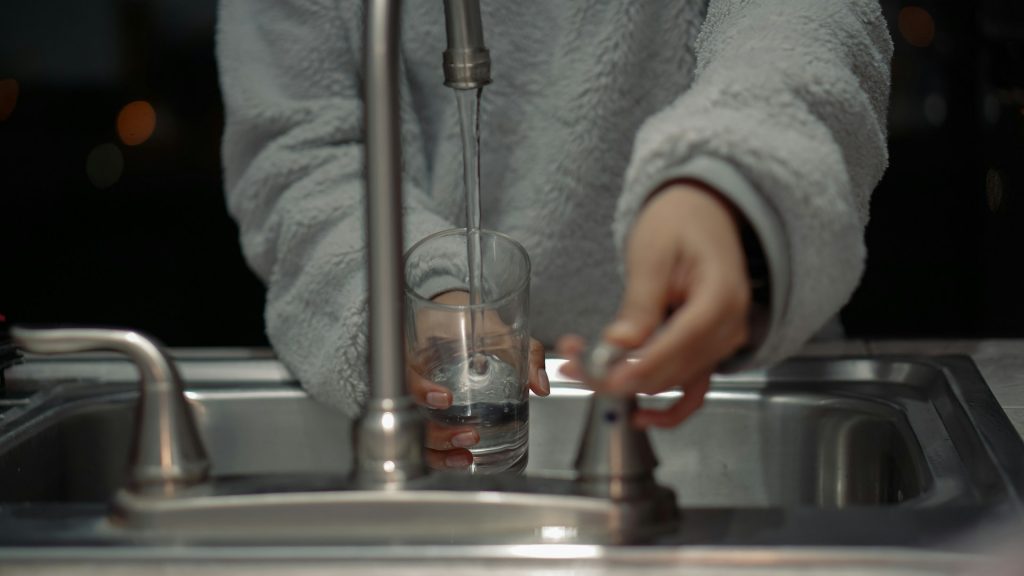
Conclusion
Testing your drinking water regularly is essential for ensuring it’s free from harmful contaminants and safe for consumption. Whether you use a water testing kit for a quick check or a comprehensive water analysis kit for a more detailed evaluation, there are many methods available to help you monitor the quality of your water.
If you notice any unusual changes in your water’s appearance, taste, or smell, don’t hesitate to test it using one of these methods. And if you want the most thorough analysis, consider getting a professional water test. By staying proactive about your water quality, you can protect your health and enjoy clean, safe drinking water every day.
At Waterlilly Australia, we are dedicated to ensuring the safety and quality of your drinking water. With our advanced water testing and analysis kits, we make it easy to monitor your water quality and detect any harmful contaminants. Contact us at 02 9798 9975 or visit our enquiry page for peace of mind and access to the highest quality water testing services across the country.
This entry was posted in Uncategorized and tagged water analysis kit, water testing kit. Bookmark the permalink.
